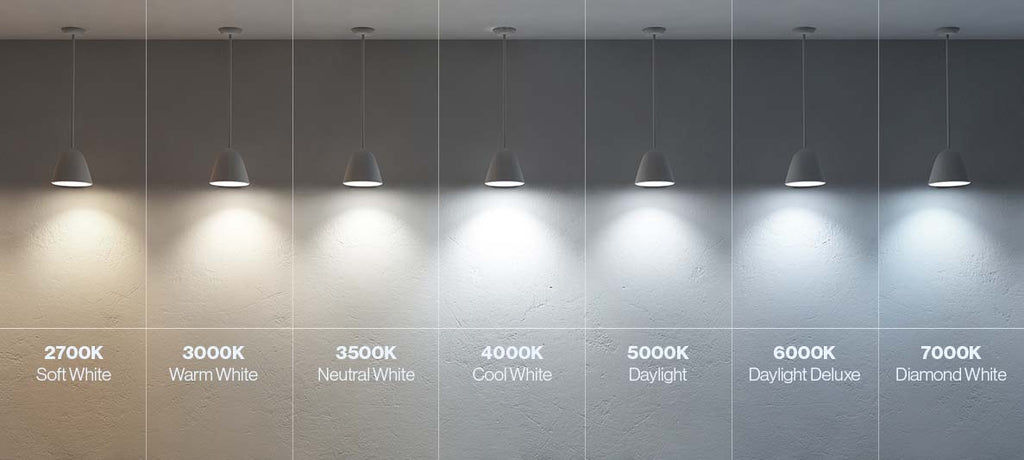The Workforce is Getting Older (What this Means for the Next Generation of Electricians)
Have you've noticed fewer young faces in trades and more seasoned pros taking up space in almost every jobsite? You just might be onto something. This is because the average age of electricians is creeping upward every year—from 35 back in 2015 to 41 as of today. So, what exactly is the reason behind the shortage of younger talent, and why are contractors and electricians staying on the job longer, pushing back retirement?

The Rising Average Age of Electricians
As I mentioned, the average age of electricians is hovering around 41, but it’s been a constant upward slope. Back in 2010, the age demographic for electricians stood somewhere between 29 and 36. Men and women (though predominantly men) were finishing high school by 18 and immediately jumping into the trades like electrical work, construction, and plumbing. Jumping forward to 2020, most working electricians were in the 35–44 age bracket with a smaller percentage in their late 20’s to early 30’s.
Add to that: nearly 30% of union electricians are nearing retirement age, (55-65) according to a 2024 study which means that almost one-third of the current workforce is close to the age where they would otherwise be hanging up their toolbelts and still haven’t made plans to leave the industry.

What’s Repelling the Younger Generations?
Less interest from younger folks is a big part of the labor shortage. Surveys show only 16.7% of Gen Z high school and college students are interested in built environment careers like becoming an electrician. Some journalists contribute this lack of interest to cultural bias toward four‑year college degrees in addition to a lack of hands‑on promotional outreach by labor and union jobs.
“There used to be job fairs at nearly every single high school in my state,” explained Jeremy Bridges of the Washington Post. “Plumbers and construction workers were always there advocating for their apprenticeship programs and trade schools. But ever since COVID, and the rise of remote jobs, kids aren’t really interested in getting their hands dirty or subscribing to an on-site only work experience.”

The Labor Shortage and Retirement
Here’s where things get a little bit concerning: U.S. labor demand is growing, whereas supply is not keeping pace. The Bureau of Labor Statistics projects 80,000 new electrician jobs opening each year through 2031. This leads to older folk sticking around in their trades rather than retiring to offset the shortage of work.
Journeymen and electrical contractors are pushing back their retirements well beyond where they should. However, this isn’t always by choice. Longer life expectancies, coupled with rising costs of living, mean that people often need more years of income to sustain themselves.
Too many older employees lack robust retirement savings or access to strong pension plans. For them, staying on the job isn’t about ambition or personal fulfillment—it’s about ensuring basic financial security. A 2023 Korn Ferry analysis found that inadequate savings combined with economic uncertainty are pushing retirement further down the road for millions. As a result, the “traditional” retirement age is no longer the stopping point it once was. 
Why It Matters and What Can be Done?
The aging electrician workforce + low youth interest + rising retirement age = a labor crunch. That’s delaying infrastructure, driving up wages, and leaving projects unfinished. To turn the tide, big players—education systems, unions, trade associations, and companies—need to push to drive awareness and competitive pay to keep younger generations interested. Additionally, by leveraging new age advancements, the built environment careers can advertise to the more tech focused Gen Z and Upcoming Gen Alpha.
Final Thoughts
Older workers staying in the labor force longer is more than just a demographic quirk—it’s a structural shift with wide-ranging consequences. For employees, it reflects financial insecurity and changing expectations about retirement. For younger generations, it raises questions about mobility and opportunity. For organizations, it’s a call to action: rethink succession planning, invest in knowledge transfer, and design workplaces that truly function across generations.
1 comment
-
Posted on by Paul goudreauI am 74 years old who was lucky enough to retire at 62 from 45 years electrical contracting. I was forced t come back semi retired due to increasing costs of everything d spite having numerous health problems and a wife in her 3 td year if alzrihmers. Thus isn’t by choice but financial reality. I am a combat vet so I do have 100% health care but tents hand food drugs etc have risen out of sight. So much for my hose golden years my parents generation believed in and then died right after retiring


